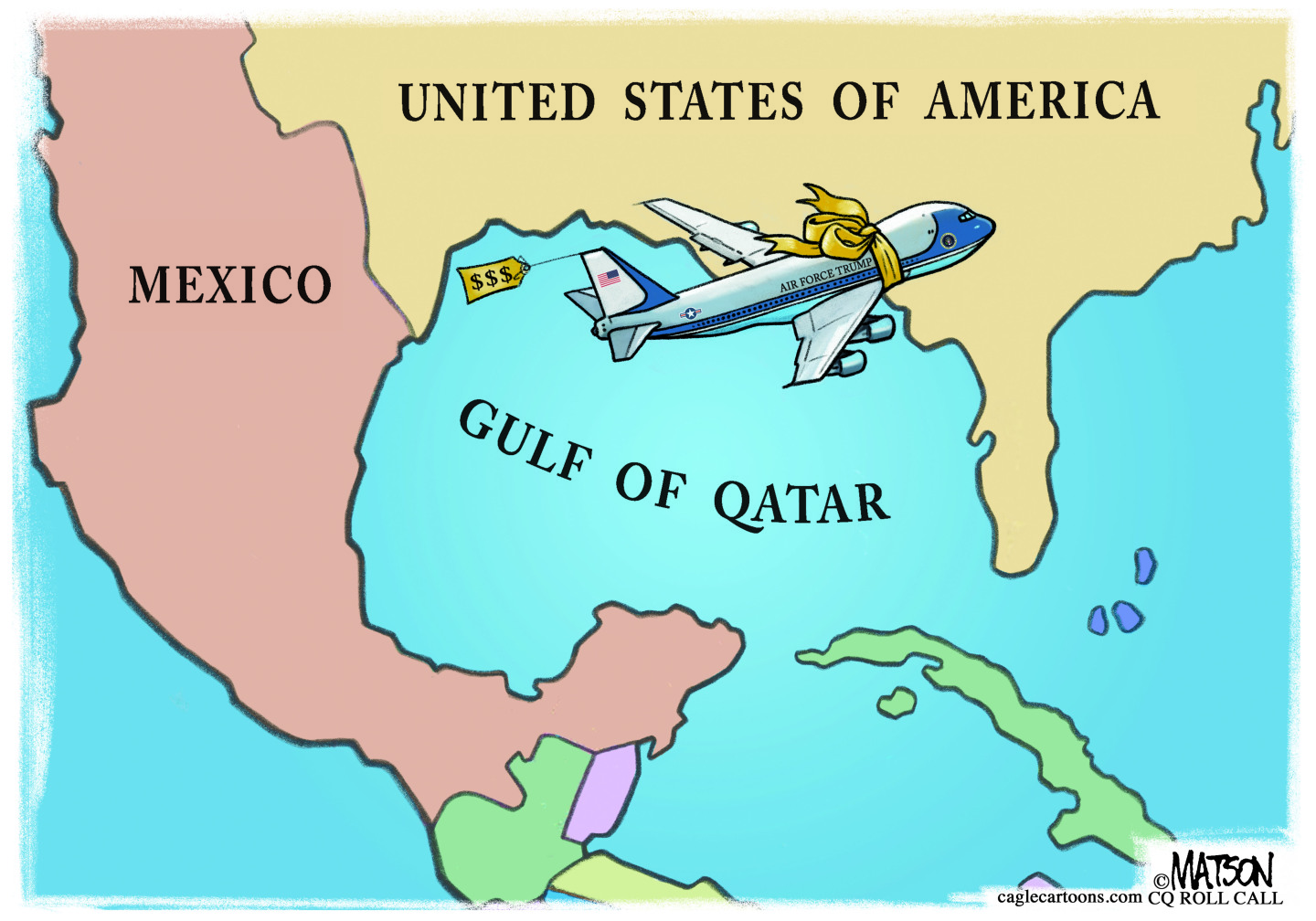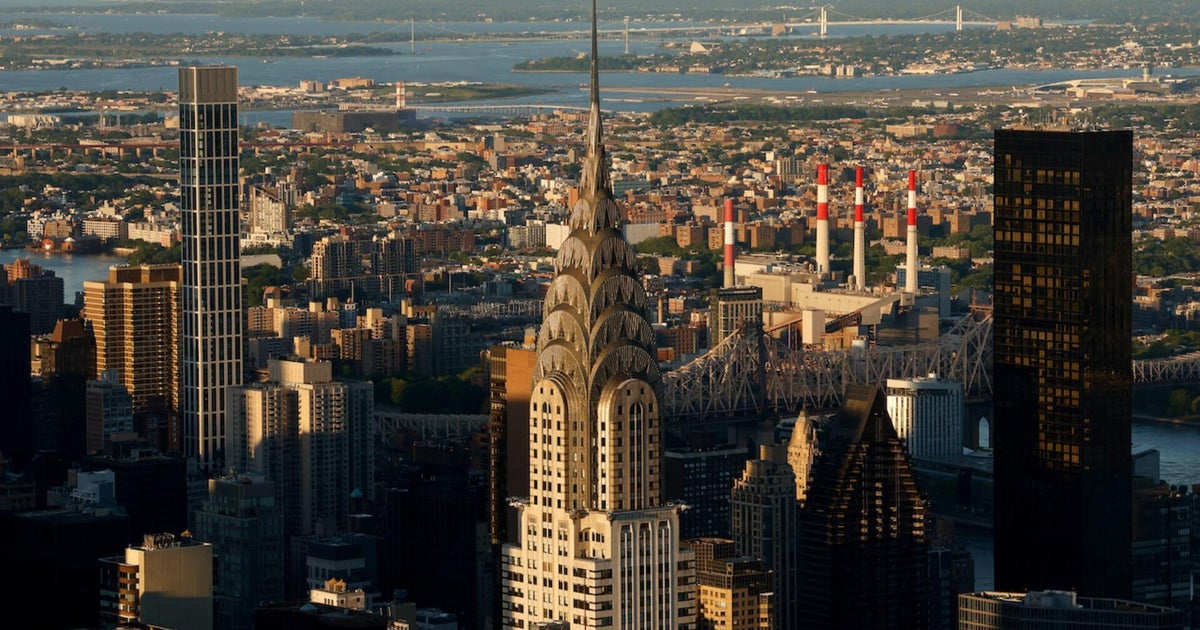Unveiling the Gulf: A Fresh Perspective on the Heart of the Americas
The Gulf of Mexico, often overshadowed by its Pacific and Atlantic counterparts, is emerging as a focal point for cultural and environmental reevaluation. Through a groundbreaking series of editorial cartoons, artists and scholars are challenging stereotypes about this 600,000-square-mile basin, revealing its ecological significance and multicultural heritage. These visual narratives, released this month, coincide with new research highlighting the Gulf’s economic impact—generating over $234 billion annually through fisheries, tourism, and energy production.
The Gulf Through an Artistic Lens
Five prominent Latino cartoonists have collaborated on “Gulfscapes: Drawn Perspectives,” a project blending humor with hard truths. One striking panel reimagines the BP oil spill as a mythological hydra, its tentacles representing lasting environmental damage. Another depicts the Gulf as a cultural mosaic, with Cuban, Mexican, and Louisiana Creole influences forming a vibrant coastline.
“Cartoons distill complex issues into accessible truths,” explains Dr. Elena Marquez, a cultural geographer at Tulane University. “When we see shrimp boats drawn as knights battling pollution dragons, it reframes environmental activism as heroic rather than partisan.”
Economic Powerhouse or Environmental Sacrifice Zone?
Recent data reveals stark contrasts:
- 30% of U.S. crude oil production originates in the Gulf
- 1.3 million jobs depend on Gulf fisheries
- 500+ species face habitat loss from coastal erosion
Energy analyst Javier Cortez notes: “The Gulf contributes more to GDP than most states, yet receives disproportionate industrial waste. 2023 satellite imagery shows dead zones larger than Connecticut.”
Cultural Currents and Hidden Histories
Beneath the surface lies a submerged narrative of exchange. The Gulf Stream historically connected:
- Maya traders
- Spanish explorers
- African diaspora communities
Archaeologist Dr. Lisa Nguyen’s team recently discovered 18th-century shipwrecks near Pensacola containing artifacts from four continents. “This wasn’t just a water highway—it was a cultural blender,” she remarks.
Climate Challenges and Resilient Communities
With sea levels rising 5mm yearly—30% faster than global averages—coastal towns adapt innovatively. Louisiana’s Isle de Jean Charles has become a laboratory for climate migration, while Texas artists create flood-resistant murals using hydrophobic paints.
Charting the Future
The cartoon series sparks crucial conversations ahead of the 2024 Gulf States Summit. As renewable energy investments grow by 17% annually, the region stands at a crossroads between preservation and progress.
Explore the full cartoon series at coastalmuseums.org and join the dialogue about this vital American ecosystem. The Gulf’s next chapter depends on recognizing its true value—not just as a resource, but as a living cultural treasure.
See more BBC Travel World



